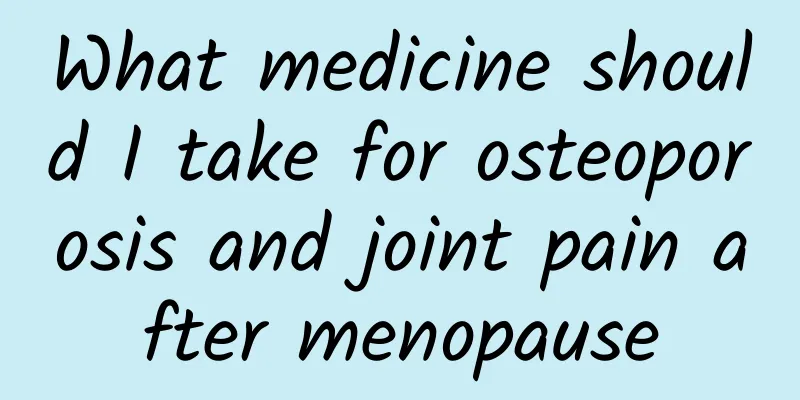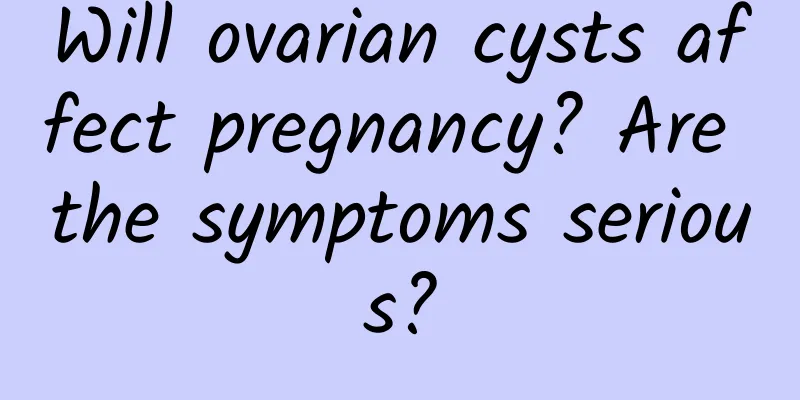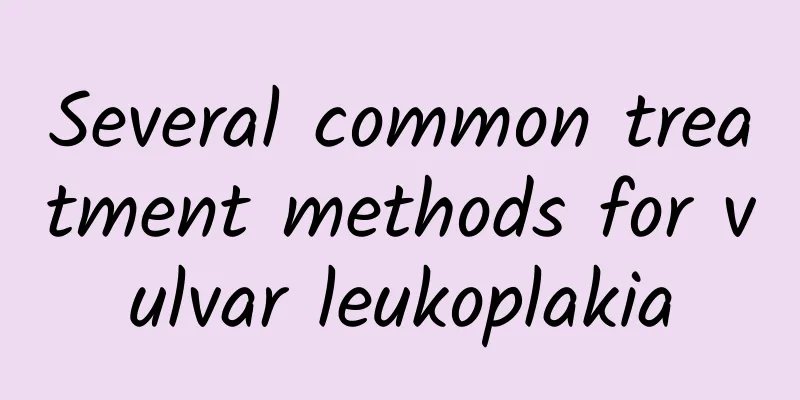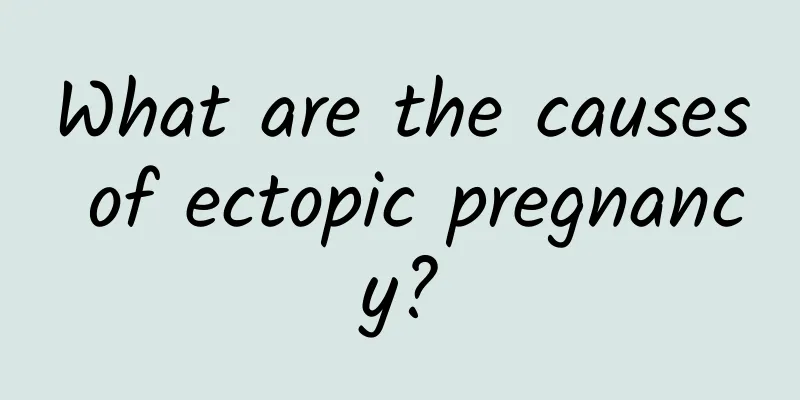What medicine should I take for osteoporosis and joint pain after menopause

|
The most common symptom of postmenopausal osteoporosis is back pain. Back pain is caused by compression vertebral fractures or back muscle spasms. Among them, localized back pain accounts for 67%, back pain and radiating pain in the limbs account for one-ninth, back pain and numbness account for four%, and numbness of the limbs, intercostal neuralgia and weakness when flexing and extending the back account for ten%. The pain is aggravated by sitting or standing for a long time in a fixed posture. It is aggravated by daily activities such as holding objects, tripping, and opening windows with force. The back pain is severe when there is a fresh compression fracture of the thoracic and lumbar spine. This is the symptom of postmenopausal osteoporosis. 1. Bisphosphonates: Alendronate (Fosamax, Gubon), bisphosphonates are an effective and specific inhibitor of osteoclast-mediated bone resorption. They can selectively inhibit the activity of osteoclasts, tightly bind to bone minerals, directly block the absorption of bone by osteoclasts, and inhibit the transformation and maturation of osteoclast precursors, thereby effectively inhibiting bone resorption and relieving pain in the back, hip and limbs. 2. Calcitonin: Calcitonin has a good effect on low back pain caused by osteoporosis in the elderly or after natural menopause. Calcitonin secreted by human thyroid C cells can inhibit osteoclast activity, inhibit bone ablation, and prevent the transformation of multifunctional hematopoietic stem cells into osteoclasts, promote the transformation of osteoclasts into osteoblasts, weaken osteoclast activity, and have a good analgesic effect; calcitonin has a similar analgesic effect to morphine, and produces analgesic effects through the endogenous opioid system. Calcitonin can also increase the excretion of urinary calcium, thereby reducing blood calcium, but its calcium-lowering effect is mainly through inhibiting bone dissolution and bone resorption. 3. Selective estrogen receptor modulators; 4. Estrogen: The lack of estrogen causes bone loss, which is the main cause of postmenopausal osteoporosis. The main treatment for postmenopausal osteoporosis is estrogen replacement therapy (ERT). Commonly used preparations include estradiol, estriol, and nilestrol. ERT has many advantages. It supplements and corrects the pathological and physiological symptoms caused by estrogen deficiency. It can prevent bone salt loss and fractures. It has a positive effect on relieving the pain caused by osteoporosis and improving menopausal symptoms. It cannot be replaced by other therapies. Therefore, estrogen is the first-line drug for the treatment of osteoporosis. Long-term use of estrogen can cause endometrial and breast hyperplasia, and increase the risk of endometrial cancer and breast cancer. 5. Active vitamin D. |
<<: What medicine is good for menopause?
>>: Licorice has a magical effect on menopause
Recommend
What are the common medicines for dysmenorrhea?
Dysmenorrhea is a common problem faced by many wo...
TCM's interpretation of Bartholinitis
It is very painful for women to suffer from Barth...
You must know the six reasons why leucorrhea is yellow!
Female secretions, also known as leucorrhea, are ...
What are the common symptoms of vulvar leukoplakia?
What are the symptoms of vulvar leukoplakia? The ...
What are the symptoms of acute cervical warts
The incidence of cervical warts is very high nowa...
How to treat menstruation delayed for three months
How to treat menstruation that is delayed for thr...
To prevent dysmenorrhea, you should pay attention to some dietary taboos
Many women confuse dysmenorrhea with normal menst...
What kind of surgery is usually performed for ovarian cysts?
What kind of surgery is usually performed for ova...
Understanding the hazards of pelvic effusion
The pelvic cavity is the cradle for a woman to nu...
Drink green tea before exercise to burn fat. One red and green tablet is enough.
As the weather gradually turns to hot summer, in ...
Causes of Trichomonas vaginitis
Trichomonas vaginitis is relatively common in cli...
How many days does it take for a woman to bleed after an abortion? It is normal for a woman to bleed after an abortion. It is recommended to use 5 methods to treat it.
We all know that if necessary protective measures...
What are the common symptoms of ovarian cysts?
What are the symptoms of ovarian cysts? Ovarian c...
What is dysmenorrhea in traditional Chinese medicine?
Dysmenorrhea is a common disease for many women. ...
A must-see for those who want to lose weight! 11 types of landmine foods to avoid
If you want to lose weight, you must know what fo...









